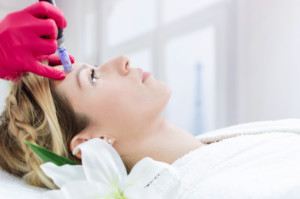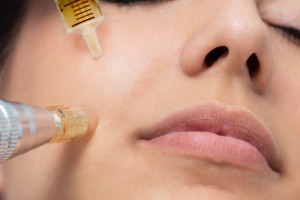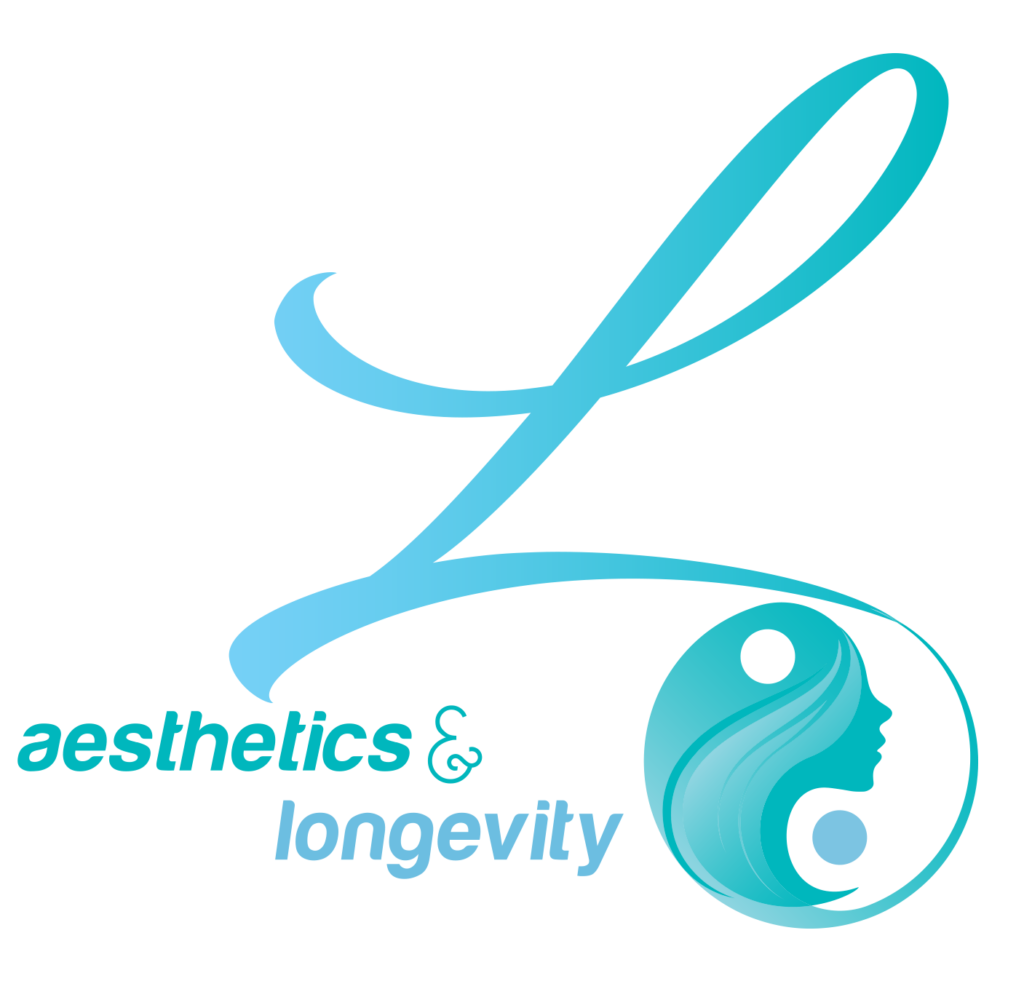By Natalie Ledbetter CRNA, Dr of Chinese Medicine
CRNA, Dr of Chinese Medicine
Collagen Induction Therapy
So many people these days are interested in collagen induction therapy (microneedling) and for good reason. After about the age of 20 to 25 we start to lose about 1% of our collagen production every single year. That means when you’re in your 50s like I am you have lost at least 25% of your collagen production. This is serious because our collagen acts as the support structure for our skin giving it the support and suppleness to prevent it from thinning, sagging, and forming wrinkles.
Collagen is made naturally in our body of amino acids and is the most abundant protein in our body. It is found in skin, muscles, tendons, and bones. It is created by the fibroblasts. Collagen helps hold the body together and provides strength and structure for more than just our skin. There are at least 16 different types of collagens produced internally, but types 1, 2 and 3 make up 80 to 90% of the collagen produced in the human body.
Collagen Induction Therapy (CIT)
Collagen induction means inducing or causing the body to produce more collagen. The term collagen induction therapy usually refers to microneedling or radiofrequency microneedling. Microneedling uses small needles to create microdamage to the skin. This microdamage stimulates the body’s natural healing process. Platelets and other healing factors are drawn to the site of micro injury, and they began to activate stem cells. Activated stem cells travel to the site of injury and act to decrease the inflammation and increase tissue regeneration and wound healing. This process stimulates collagen and elastin which can help to decrease the appearance of fine lines, wrinkles, and scars. Collagen induction therapy can even help with hyperpigmentation and uneven skin texture.

Collagen Supplementation
Skin creams and other external products
It makes sense to think that if collagen is necessary for healthy skin, then rubbing collagen on our skin might help. There is a problem with this. Collagen fibers are too large to penetrate through the skin’s outer layer so applying a collagen cream externally has not been shown to make much difference.
Oral collagen supplementation
Supplementing collagen in the form of powders, liquids, or pills are more easily absorbed into the body especially when the collagen has been predigested or broken down into collagen peptides. Studies have found that oral supplementation with collagen can improve skin elasticity and joint mobility while decreasing joint pain.
When supplementing collagen in your diet, keep in mind that people who are prone to forming kidney stones may be at higher risk for kidney stone production when taking larger doses of a collagen supplement that has not
been predigested or that has higher levels of collagen other than types 1, 2, and 3. My favorite collagen supplement is the collagen powder by Orthomolecular precisely because it is predigested and contains the proper ratio of types 1, 2, and 3. One serving is a small scoop that mixes well in my morning Bulletproof coffee (thank you Dave Asprey).
Collagen in Food
If you prefer to get your collagen from food, there are certain foods that are higher in collagen naturally. Red meat, fish (with the skin and bones) and chicken are rich in collagen. Eggs are high in an amino acid proline necessary for the production of collagen. Bone broth and gelatin made from the cartilage, skin, and bones of animals are high in collagen. Key nutrients necessary for the production of collagen include zinc and vitamin C, so be sure to eat foods rich in vitamin C and zinc if you are attempting to boost your collagen production through your diet.
Practices that damage collagen
Ultraviolet light from the sun and the screens of some older devices speeds up breakdown of collagen so it is important to protect your skin and wear sunscreen daily. Smoking, alcohol, and lack of sleep decrease collagen production.
Conclusion
No matter your age it is important to protect your skin from the damaging rays of the sun. If you are going to be outside for more than 15 minutes or outside when the sun is particularly strong it is important to wear your sunscreen and maybe even a hat. If you are over the age of 20 now is a good time to start combating the collagen loss that normally occurs with age. Having regular collagen induction therapy treatments (microneedling treatments) can help to override the natural decrease in collagen production and slow down the signs of aging.
If you have waited and you’re in your 30s or older and you have not been receiving microneedling treatments to stimulate the collagen in your skin, now would be a good time to start. You may even want to look into radiofrequency microneedling. Radio frequency microneedling is like regular micro needling, but stronger. I believe one radiofrequency microneedling treatment is equivalent to multiple regular microneedling treatments.
If you would like a consultation to see if collagen induction therapy is right for you call one of our multiple Austin area locations to schedule your free consultation. We are family owned and operated and dedicated to helping you look and feel great!
If you would like more information on microneedling or collagen induction therapy, click on this link:What to Expect After Microneedling
